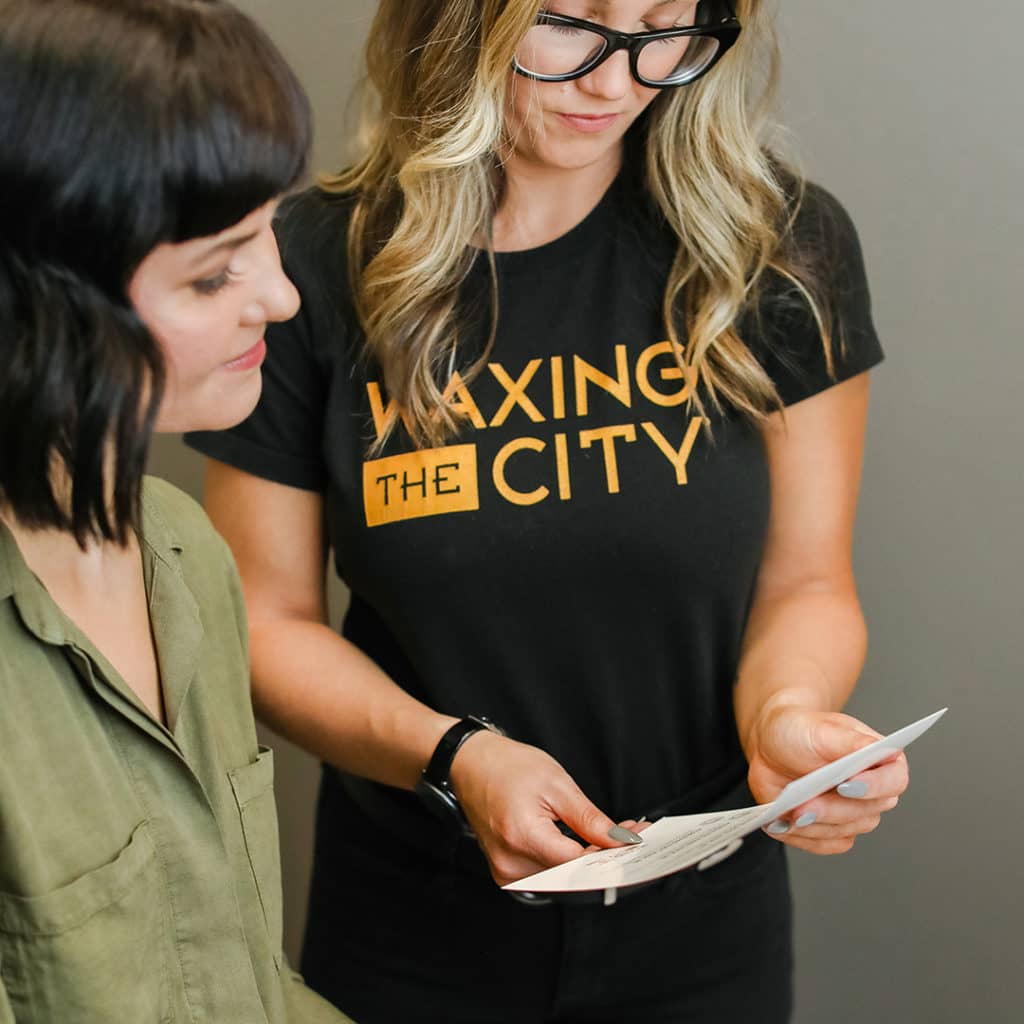

People already are aware of black achievements in the entertainment and sports arenas, and that's wonderful, she says.

"Our focus is on the things that we don't know about ourselves," explains Joanne Martin. But if you're looking for the likes of Michael Jackson or Michael Jordan, you're better off picking up People magazine or the sports pages. A handful, including Paul Robeson, Billie Holliday and Jackie Robinson, do appear here. One thing you'll notice as you move through the museum is that sports and entertainment legends are scarce. A glass case displaying miniature versions of some inventions by blacks (potato chips, railway signals and cash registers among them) highlights the work of famous inventors such as George Washington Carver and of those not so famous, such as Charles Richard Drew ("Blood Plasma Pioneer," 1904-1950) or Lewis Howard Latimer ("Pioneer in Electricity," 1848-1928). An exhibit on such artifacts of slavery as manacles, leg yokes and thumbscrews speaks volumes as you file past the figures of freedom fighter Nat Turner and escaped slave Henry "Box" Brown. The museum offers more than just the bare-bones historical facts: It provides a context for understanding the role each person played in history. Tubman herself was born a slave in 1820 in Dorchester, Md., but escaped and went on to conduct 300 others, including her own parents, to safety aboard the "Underground Railroad."
WAX THE CITY SKIN
You learn from the historical background provided that skin color was an issue even in 960 B.C.: According to the Bible, when Maheda was criticized by Solomon's 700 or so other wives for the darkness of her skin, she replied, "I am black but comely, o ye daughters of Jerusalem."įurther along in the exhibit hall is Harriet Tubman, the "Black Moses," in the process of rescuing a slave. Maheda, Queen of Sheba, is clad in a shimmering gown of black and gold. Elmer and Joanne Martin have taken pains to dress the figures in historically appropriate attire, to stand them in ways that convey the significance of their particular experiences (for example, Rosa Parks standing at the front of a bus) and to tint their flesh to represent the spectrum of light and dark shades found among black people. A second-floor annex is devoted to esteemed black Marylanders.Īs you proceed past the displays, notice each wax figure's clothes, pose and the color of his or her skin.

A self-guided tour lets you explore history in chronological order, beginning with Egyptian Pharaoh Akhenaton, "the father of monotheism," and ending with modern African-American civil rights heroes, like Martin Luther King Jr. Through a set of saloon doors lies the main exhibit area of the museum. Across the room from Hannibal is the figure of the first black woman pilot, Bessie Coleman, in an early-model plane. There in the lobby is Carthaginian conqueror and military genius Hannibal, greeting you from atop a life-size elephant. Housed in a former fire station a mile or so north of the Inner Harbor, the Great Blacks in Wax Museum captures your attention the moment you step through the door. Not just children, but people of all ages - and backgrounds - become engrossed in African and African-American history at the museum, where more than 120 wax figures present a 3,000-year record of the contributions and experiences of blacks worldwide. Why a wax museum? "We needed something that would grab the viewer, a place where little kids would get a chance to really stand up and pay attention." "WE WERE concerned that young people were not learning about black history," explains Joanne Martin, when asked why she and her husband, Elmer, decided to open their Great Blacks in Wax Museum in Baltimore.


 0 kommentar(er)
0 kommentar(er)
